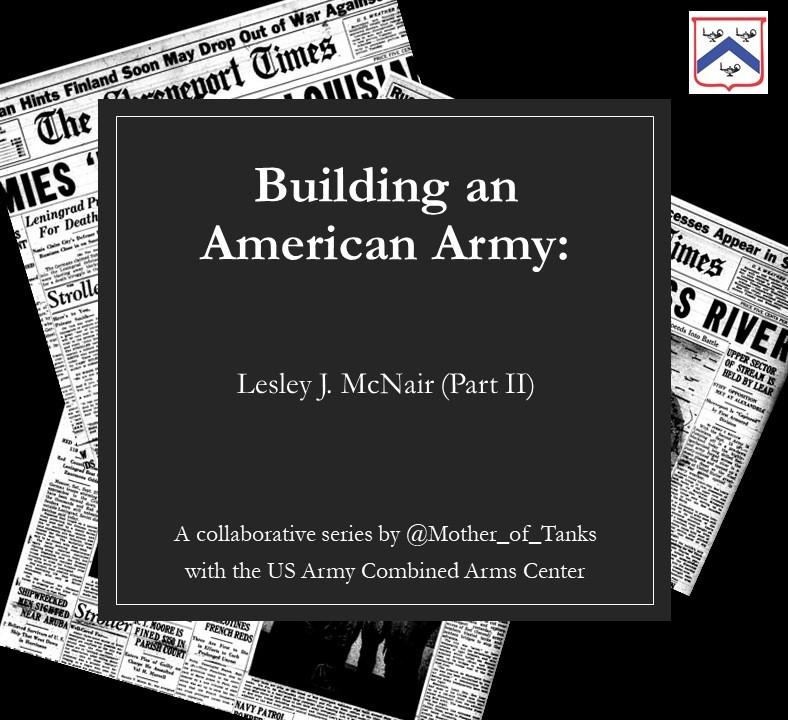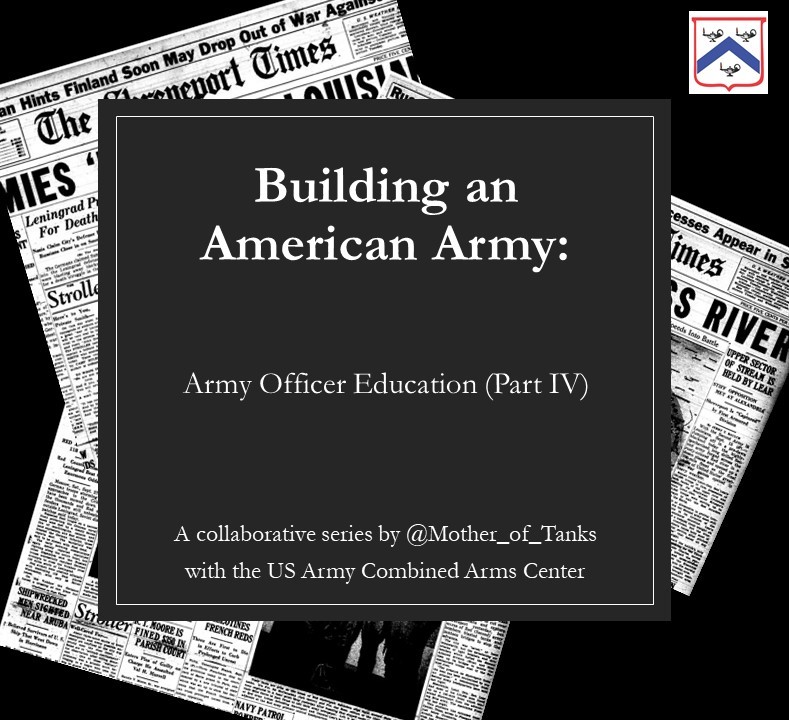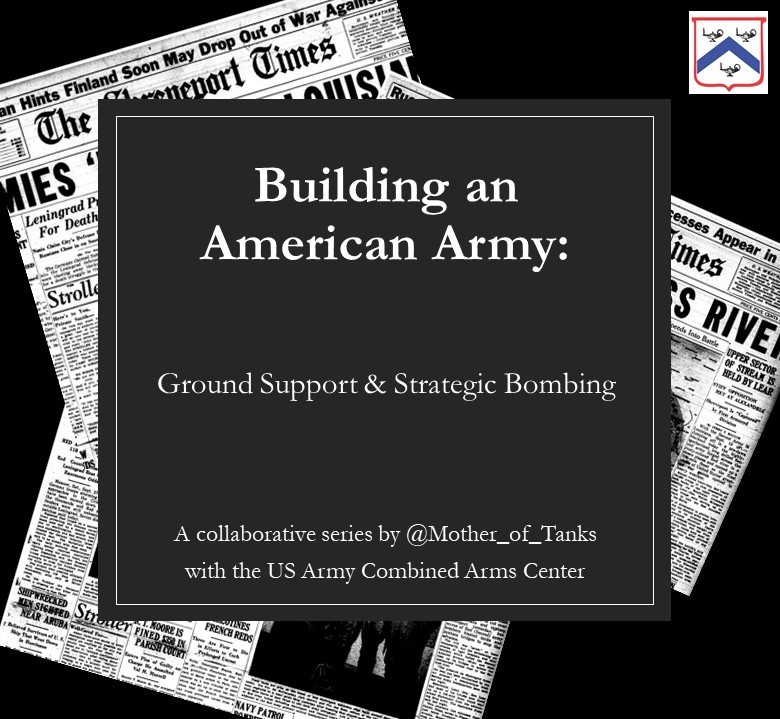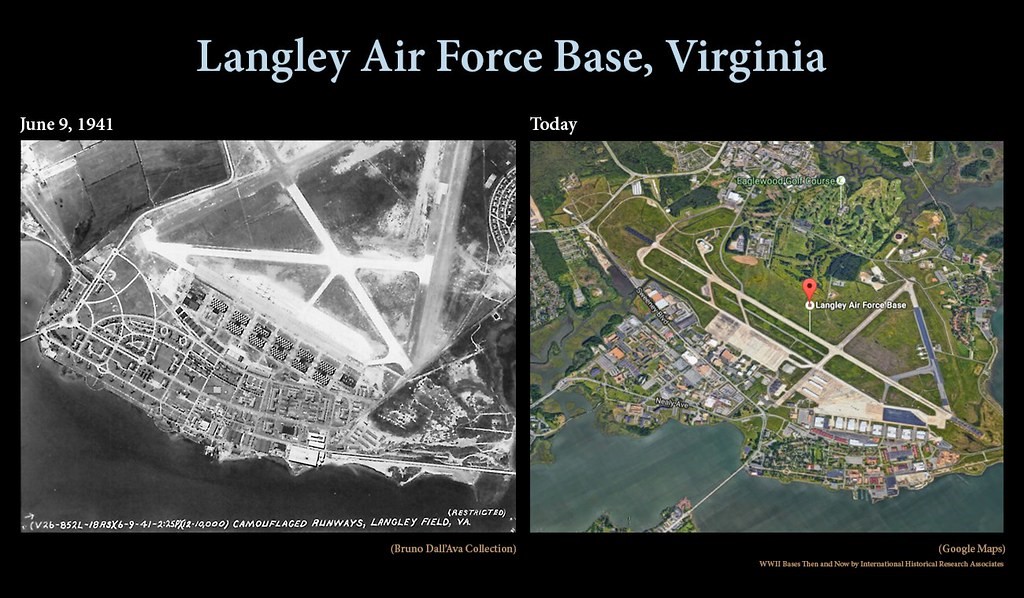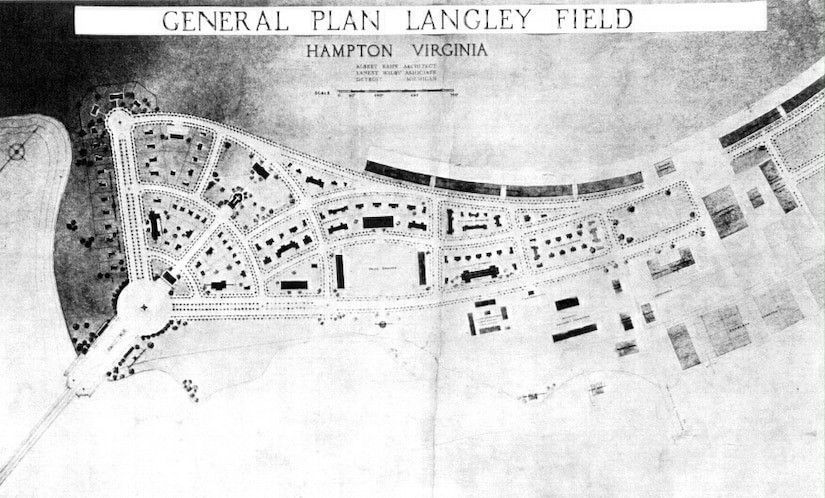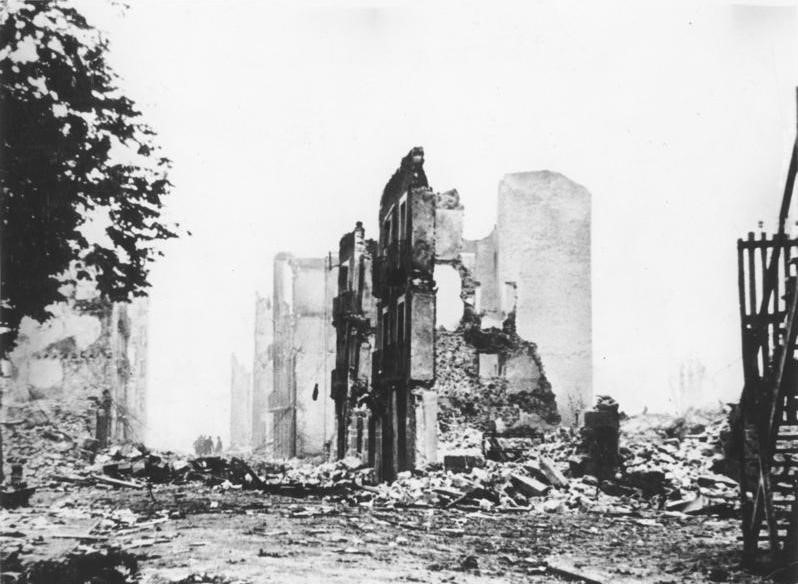
In 1933, as a Lieutenant Colonel for the second time, Lesley McNair took command of 2nd Battalion, 16th Field Artillery Regiment at Fort Bragg, which changed shortly thereafter to 2nd Battalion 83rd Field Artillery Regiment. He would command the Regiment for about a year. 

He would later serve as a commander with the Civilian Conservation Corps (CCC), where he planned, directed, and supervised a wide array of CCC activities that also provided him the benefit of experience in that wide array of activities including mobilization. 





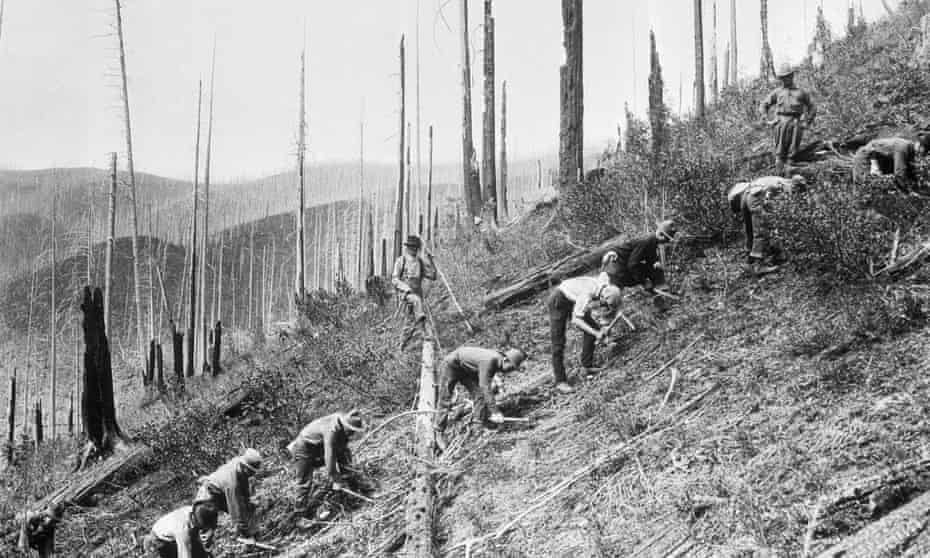

McNair would also benefit from experiences with the housing and care of thousands of CCC members and working to improve their physical and mental resilience. 





Likewise, his experiences working with civilian governments while commanding these CCC activities would prove beneficial later in his career. 



This is an interesting 9 min video that talks a bit about the Civilian Conservation Corps in South Dakota. McNair was in Louisiana and Mississippi when he worked with the CCC, but the history of the program is the same and the type of work they did too. pbs.org/video/the-civi…
And this is a longer documentary about the Civilian Conservation Corps, almost an hour topdocumentaryfilms.com/civilian-conse… 

As a Colonel, McNair would serve as the Chief of Field Artillery, which one would assume involves a significant amount of work and yet he found the time to continue his experiments to improve artillery weapons and equipment, and he took time for self-directed studies and writing. 



Interestingly, one of the things McNair wrote about in the late 1930s was autogiros, which are kind of like funny helicopters but not. He gathered research over 6 months and wrote a 13-page article about them. This work “anticipated the use of helicopters in modern warfare.” 

It's sometimes spelled in different ways but the source material spelled it autogiro so that's what we went with. For those curious, here's a brief video that talks about how they worked.
And here's a briefer video that shows one taking off, flying, and landing and other home movie-style footage.
In 1937, two years after making Colonel, McNair was promoted again to Brigadier General and sent to command the 2nd Field Artillery Brigade @2INFDIV 

In earlier threads we talked about the @USArmy changing from Square Divisions to Triangular Divisions. Well, @2INFDIV was chosen to test this concept. McNair took on additional duty to supervise the test division’s design, field tests, reports, etc. 





He was sent back to @USACGSC in 1939. The Army Chief of Staff, Malin Craig, believed that the school needed an update to teaching methods and to streamline the planning and reporting processes they were teaching. General Craig saw McNair as just the man for the job. 



The Deputy Chief of Staff, Marshall, thought that @USACGSC needed to change the way they taught leadership to include more flexibility, especially with things like planning mobilization, but also focus on maneuver-based operations (different from the trench warfare of WWI). 

Marshall also recognized that CGSC needed to consider teaching leaders to train conscripts (draftees), Reservists, National Guardsmen – soldiers “who would report for duty with less training and experience than members of the Regular Army.” 



McNair addressed the issues in several ways. He updated the curriculum at @USACGSC again, but he also shortened the course in an effort to better accommodate the @USNationalGuard and @USArmyReserve officers who might not be able to attend CGSC otherwise.
And in classic McNair style, why stop there when he could also update the @USArmy Field Service Manual? Which he did.
He was already working on that, and almost immediately upon publication he started working on yet another update to it, which was published in 1941 and became the primary Doctrine of the @USArmy for WWII. @USArmyDoctrine @ArmyUPress cgsc.contentdm.oclc.org/digital/collec… 

McNair joined the US Army General Headquarters (GHQ) staff in July of 1940, where he would serve as of Chief of Staff. GHQ would be responsible for the mobilization, training, equipping, and organization of the @USArmy forces that would fight in WWII. 

George C. Marshall was the Army Chief of Staff and also commander of GHQ, but delegated GHQ command to McNair so that he (Marshall) could focus on his other responsibilities as Army Chief of Staff. 




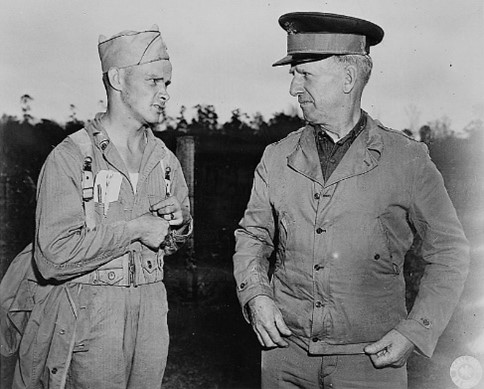
McNair would play a significant part in the planning and conducting of the GHQ Maneuvers in 1940 and 1941, particularly in Louisiana and the Carolinas. 

These war games offered training experience with large-scale combat operations and provided the Army a chance to observe and assess training, leadership, Doctrine, and other aspects of the Maneuvers. The Army could also test new and changed Doctrine, equipment, and weapons.
If you're just tuning in or you've missed any of the previous threads, you can find them all saved on this account under ⚡️Moments or with this direct link twitter.com/i/events/13642…
• • •
Missing some Tweet in this thread? You can try to
force a refresh

